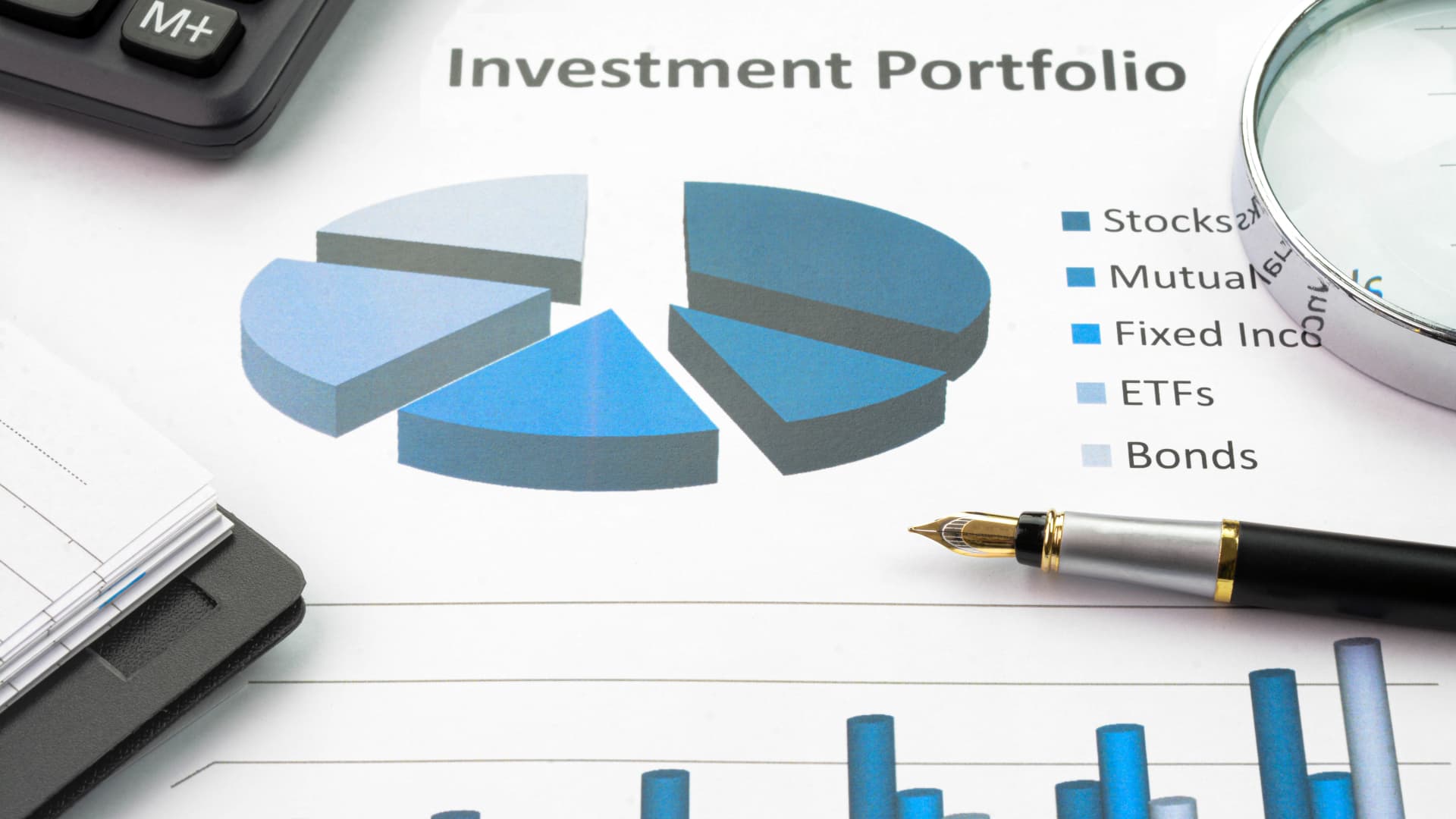Products You May Like
As we head into the fourth quarter, investors lack much to be excited about.
Through Sept. 30, the S&P 500 Total Return Index declined by 23.87%, almost ensuring equity investors won’t enjoy anything close to the 31.4%, 18.4% and 28.7% returns the index delivered in 2019, 2020, and 2021, respectively.
There are many reasons the stock market fails to continue its upward march. The most important is uncertainty exhaustion. After two years of moving the market higher despite the overarching pressure of Covid-19, this year investors have dealt with an almost unimaginable number of disconcerting issues: rampant inflation, rising interest rates, horrific natural disasters and the ongoing war in Ukraine.
During tough equity markets, investors have often found solace by diversifying their portfolios with bond investments to offset volatility in their equity holdings. This approach is not new.
Developed by Nobel Laureate Harry Markowitz in 1952 and called the “60/40 portfolio,” this long-term investment portfolio strategy has been a favorite of individual and institutional investors alike.
Comprised of 60% stocks and 40% bonds, this portfolio model has long served its purpose by providing investors with attractive investment returns while assuming a low level of risk. This year, the strategy hasn’t worked because both equity and bond markets marched lower in tandem.
Through Sept. 30, the Bloomberg U.S. Aggregate Total Return Bond Index posted a negative return of 14.6%, causing some pundits to suggest it’s time to retire the 60/40 strategy.
But wait a minute! Before you abandon the 60/40 portfolio, consider this:
- From 1980 through July 2022, the 60/40 portfolio delivered positive returns in 35 of 42 years. That means investors who relied on this investment mix have seen their portfolios increase in value 83% of the time. Ask any statistician and they’ll tell you that the long-term performance of the 60/40 portfolio is statistically significant and not the result of chance or luck.
- Making significant investment decisions after one year of unsatisfactory performance is never a good idea. Between 2008, the last full year of the Financial Crisis, and 2022, the 60/40 portfolio experienced only one down year — 2018, when it fell by 3%. During 2019, 2020 and 2021, the portfolio returned 22%, 14% and 17%, respectively, to investors. The average annual rate of return for the 30 years ended 2021 was a whopping 9.89%.
- Smart investors know investing is a long-term commitment. They are building investment portfolios they hope will appreciate during their working years and beyond. For investors with a long-term investment horizon, one down year is a hiccup when compared to the 40-plus years they’ll be investing.
- Investing is simple, but it’s not easy. Because investment returns fluctuate daily, investors who watch the market often develop “short-term-itis,” a condition that causes them to believe they should make portfolio changes whenever the trend is going against them. In truth, historically, the longer an investor holds stock investments, the more likely they are to make money.
Based on the performance of the S&P 500 Index over the 52 years between January 1970 and September 2022, the chance of losing money in stock investments declined the longer the investor remained invested.
The proof is in the numbers: An investor who was invested in stocks for one year had an 18.2% chance of losing money. Over three years, their money-losing odds reduce to 13.4%, while over five years, it falls further, to 9.6%. It drops lower still over 10 years at 4.7%, and investors who remain invested for 15 years or more did not lose money in stocks.
The best advice for investors? Take a deep breath and accept the fact that, although 2022 may not turn out to be “one for the record books,” the 60/40 portfolio continues to remain a viable strategy for long-term investors.
— Jan Blakeley Holman, certified financial planner and director of advisor education at Thornburg Investment Management
